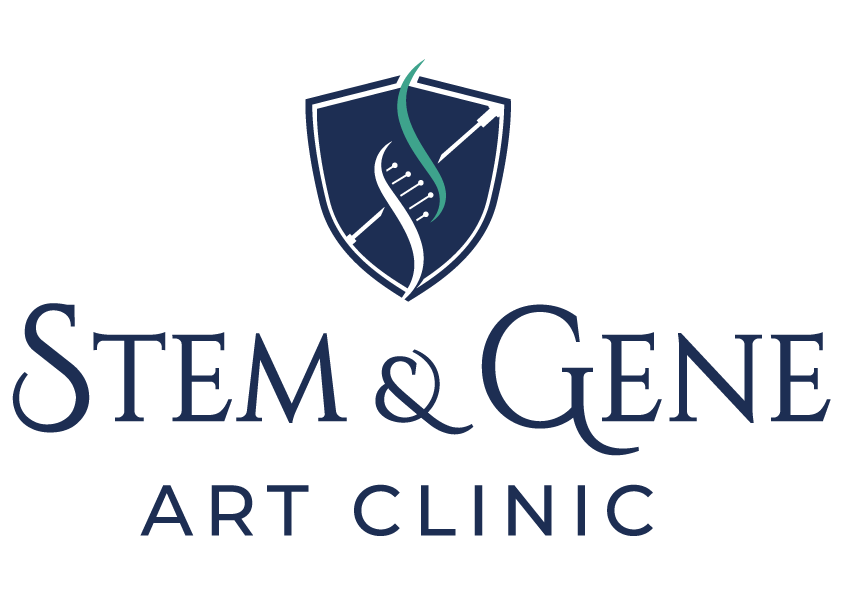In vitro fertilization (IVF) is a widely used assisted reproductive technology that has helped countless couples achieve their dream of parenthood. Understanding the intricacies of IVF, from its fundamental processes to preparation stages, treatment steps, success rates, and potential risks, is essential for anyone considering this treatment. This comprehensive guide will provide you with the information you need to make informed decisions about your fertility journey.
What is IVF and How Does it Work?
In vitro fertilization (IVF) is a process in which eggs are retrieved from a woman’s ovaries and fertilized with sperm in a laboratory setting. The resulting embryos are then transferred to the woman’s uterus, where they may implant and develop into a pregnancy. IVF is often recommended for couples experiencing infertility due to factors such as blocked fallopian tubes, male factor infertility, or unexplained infertility. The process involves several steps, including ovarian stimulation, egg retrieval, fertilization, embryo culture, and embryo transfer.
Preparation Stages for IVF
Examine the stages of IVF preparation.
Medical Evaluation and Testing
Before starting IVF, both partners typically undergo a thorough medical evaluation and testing to assess their fertility status. This may include blood tests, ultrasound examinations, and semen analysis. These tests help identify any underlying issues that may need to be addressed before beginning treatment.
Lifestyle Changes
Patients are often advised to make certain lifestyle changes to optimize their chances of success. This may include adopting a healthy diet, engaging in regular exercise, and avoiding alcohol, tobacco, and excessive caffeine. Managing stress through relaxation techniques or counseling can also be beneficial.
Financial Planning
IVF can be expensive, and insurance coverage varies widely. It is important to understand the costs involved, including medications, procedures, and any additional treatments that may be required. Many clinics offer financing options or payment plans to help manage the financial burden.
Expected Steps of the Treatment Process
The basic steps of IVF treatment include a detailed process from the beginning to the final transfer.
Ovarian Stimulation
The first step in the IVF process involves stimulating the ovaries to produce multiple eggs. This is achieved through hormone injections administered over a period of about 10-14 days. Regular monitoring through blood tests and ultrasounds is conducted to track the development of the follicles.
Egg Retrieval
Once the follicles are mature, a minor surgical procedure called egg retrieval is performed under sedation. Using a thin needle guided by ultrasound, the eggs are collected from the ovaries. This procedure typically takes about 20-30 minutes.
Fertilization and Embryo Culture
The retrieved eggs are then fertilized with sperm in a laboratory. Fertilization can occur through conventional insemination or intracytoplasmic sperm injection (ICSI), where a single sperm is injected directly into an egg. The fertilized eggs, now embryos, are cultured for several days in a controlled environment.
Embryo Transfer
After a few days of culture, the most viable embryo(s) are selected for transfer to the woman’s uterus. The embryo transfer procedure is relatively simple and painless, similar to a Pap smear. Any remaining high-quality embryos may be frozen for future use.
Success Rates and Potential Risks
The success rates and possible risks of IVF treatment are important things to know before deciding on treatmen.
Success Rates
IVF success rates vary based on factors such as the woman’s age, the cause of infertility, and the clinic’s expertise. On average, the success rate for women under 35 is about 40% per cycle, with rates decreasing as age increases. It is important to discuss individual prognosis with your fertility specialist to set realistic expectations.
Potential Risks
While IVF is generally safe, there are potential risks and side effects to consider. These may include ovarian hyperstimulation syndrome (OHSS), which can occur if the ovaries respond too strongly to the stimulation medications. Other risks include multiple pregnancies, which carry higher health risks for both the mother and babies, and procedural complications such as bleeding or infection.
In conclusion, embarking on the journey of IVF requires thorough understanding and careful preparation, from grasping the basic processes and preparing your body, to navigating the treatment steps and acknowledging potential risks. Choosing the right clinic is a critical part of this journey, and Stem&Gene ART Clinic stands out as a premier choice for IVF treatment. With its cutting-edge technology, experienced medical team, and personalized care approach, Stem&Gene ART Clinic ensures that patients receive the highest standard of care tailored to their unique needs. Their commitment to excellence and patient-centered philosophy significantly enhances the chances of a successful outcome, making Stem&Gene ART Clinic an invaluable partner in your path to parenthood.


